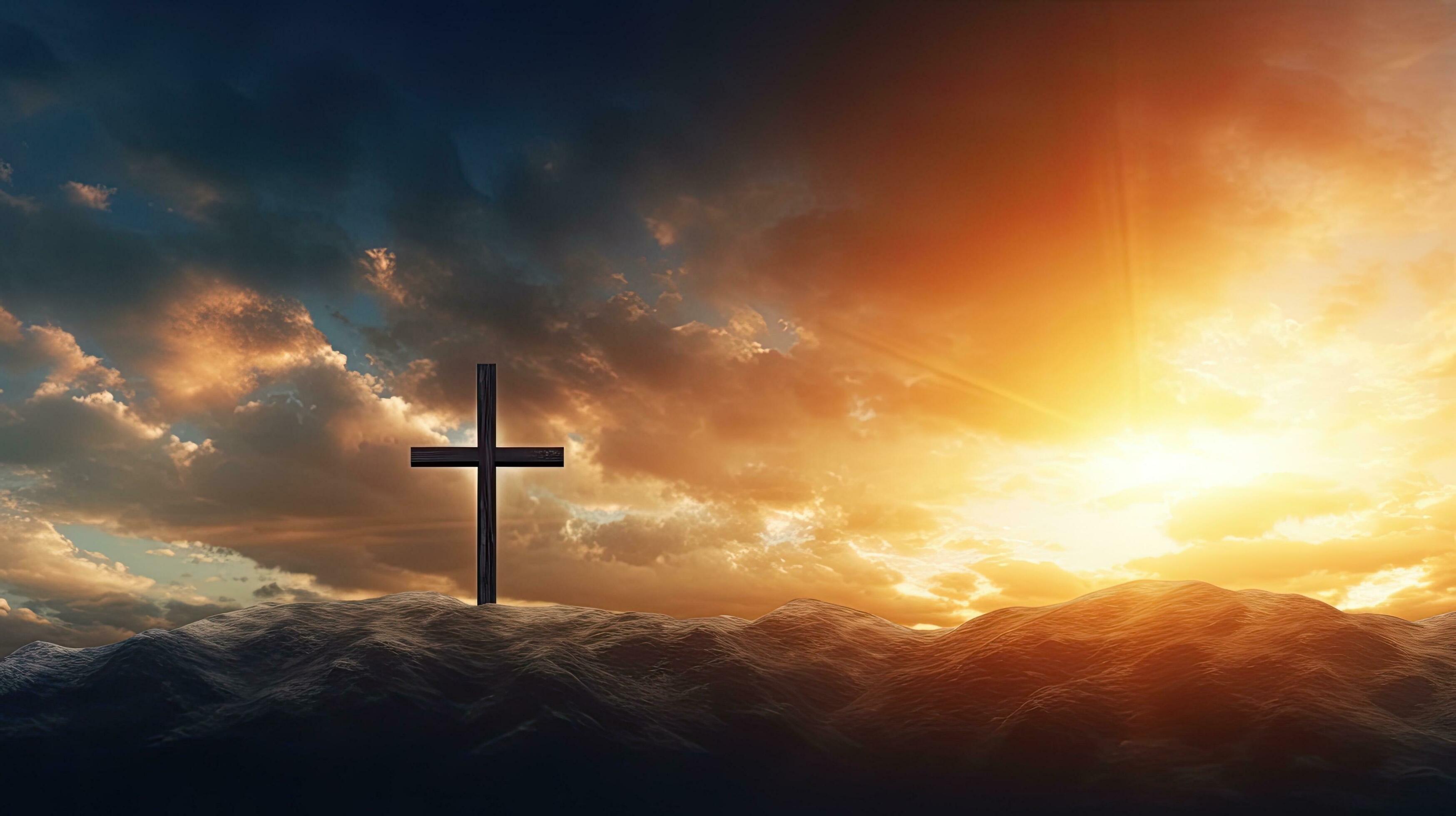https://www.youtube.com/watch?v=Zk2Mbk8NzWU&t=434s
Donald Trump attended the Pope's funeral dressed in a dark blue suit instead of adhering to the traditional black dress code that signifies mourning. This raises questions about his motivations for this choice. Was he trying to stand out from the crowd, or does he hold some aversion to wearing all black, perhaps associating it with the Illuminati? He appeared to be extremely exhausted and eventually fell asleep during the event. To add to the intrigue, he met with Zelenskyy and made a deal for Ukraine to hand over half of its mineral wealth in exchange for the United States agreeing to rebuild Ukraine once Putin’s illegal war is over. This leads me to wonder if his true purpose for attending the funeral was more about business than mourning.
Donald Trump's attendance at the Pope's funeral, dressed in a dark blue suit rather than the traditional black attire, invites a multifaceted analysis of his motivations and the implications of such a choice. The dress code for such solemn occasions typically prescribes a formal black suit, black tie, and a white shirt, symbolizing respect and mourning. Trump's deviation from this norm raises questions about his intentions. One might ponder whether he sought to distinguish himself from other attendees, perhaps as a reflection of his often-controversial persona. Alternatively, it could be speculated that he harbors a personal aversion to the color black, associating it with negative connotations, such as those linked to conspiracy theories like the Illuminati.
Observing Trump during the ceremony, it was evident that he appeared fatigued, ultimately succumbing to sleep amidst the proceedings. This behavior could be interpreted in various ways. On one hand, it may suggest a lack of engagement with the solemnity of the event, raising further questions about his emotional investment in the occasion. On the other hand, it could simply reflect the toll of his demanding schedule, particularly given the backdrop of his recent political activities.
Compounding the intrigue surrounding his attendance was his subsequent meeting with Ukrainian President Volodymyr Zelenskyy. Reports indicate that a significant deal was struck, wherein Ukraine would allocate half of its mineral wealth to the United States in exchange for American support in rebuilding the nation post-conflict. This development prompts a critical examination of Trump's priorities. Was his presence at the funeral merely a facade for more pressing business negotiations? The juxtaposition of a funeral—a moment of collective mourning and reflection—with a high-stakes economic agreement suggests a complex interplay between personal and political motivations.
In contemplating these events, one cannot help but reflect on the broader implications of Trump's actions. His choice of attire, coupled with his apparent disinterest during the funeral, may signal a prioritization of business over tradition and respect. This perspective invites a deeper inquiry into the nature of political leadership in contemporary society, where personal branding and economic interests often overshadow the ceremonial aspects of governance.
Ultimately, the convergence of these elements—the unconventional dress, the fatigue displayed, and the subsequent negotiations with Zelenskyy—paints a portrait of a leader whose actions are as much about personal image as they are about political strategy. It raises the question of whether Trump's attendance was genuinely rooted in mourning or if it served as a strategic platform for advancing his agenda. Such reflections underscore the intricate dynamics of modern political life, where the lines between personal and public motives frequently blur.
Blessings

No comments:
Post a Comment